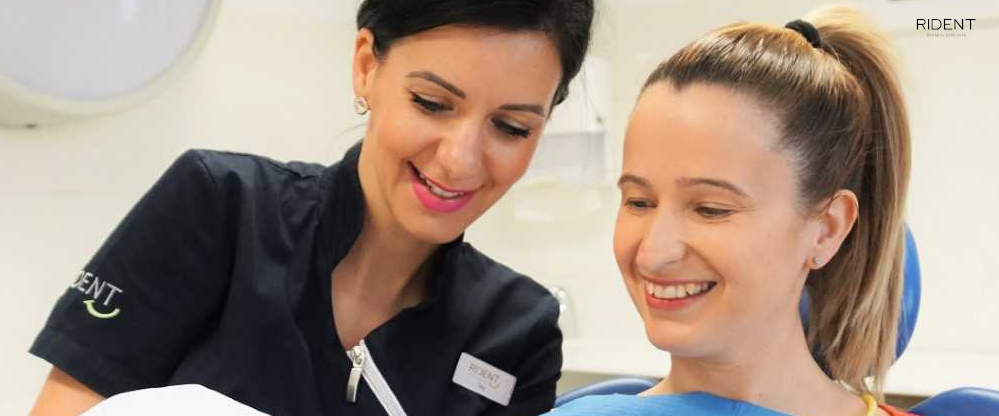01.04.2020
Tartar eventually leads to inflammation of the gums, which become swollen, red and painful. If untreated the damage may spread to other tooth structures, including loss of clinical attachments and supporting bones, creating periodontal pockets. The pulling and bleeding gums may increase blood flow that can lead to tooth decay. In such chronic forms, we are talking about periodontitis.
There is a large number of microorganisms in the mouth that mix with protein and food by-products, creating acids that are not only harmful to the tooth enamel but can lead to tooth decay or the formation of dental plaque. Dental plaque is usually formed 30 minutes after a meal.
If the plaque is irregularly removed, either by poor personal oral hygiene or by a rare visit to the dentist, after a while the plaque goes into the calculus, mineralizing and no longer soft. Such formations are resistant to manual cleaning by a toothbrush, and can only be removed by professional cleaning at the doctor’s office.
Cleaning the tartar with an ultrasound appliance at the dental office is the most effective and completely painless procedure. If necessary, hand instruments are also used. Scrapers, to remove scale and plaque. If the patient already has advanced periodontitis, the dentist will need to perform scraping and polishing of the root of the tooth (curettage) with a manual and ultrasound device. The treated area can be anesthetized, making the procedure absolutely painless.
It is recommended to repeat the procedure of professional tartar cleaning 2-3 times a year. The total duration of the procedure is 30 minutes.
After the tartar cleaning procedure, it is imperative that the polishing is done in order to make the tooth surface smoother and less susceptible to tartar formation. Unfortunately, tartar cannot be completely prevented, but with good oral hygiene and regular check-ups and timely removal, tartar can be largely controlled. Proper oral hygiene and constant care will prevent periodontitis and keep a bright smile.
